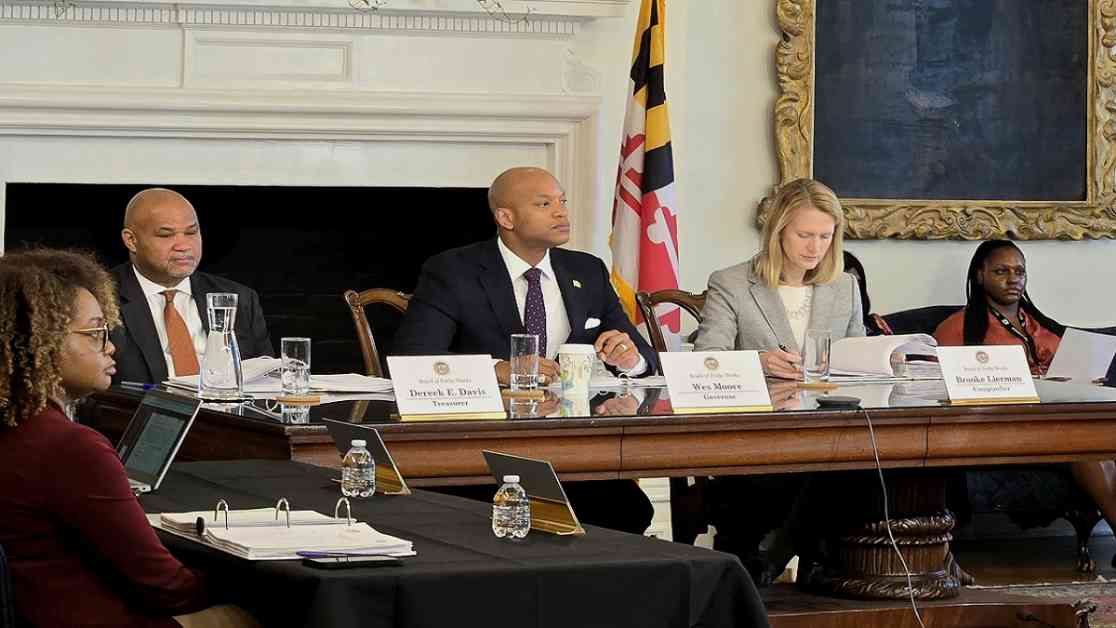State Introduces Innovative Student Support Counting Method – Southern Maryland Chronicle
Maryland is set to revolutionize the way poverty is assessed in schools with a groundbreaking new study that could potentially pave the way for increased funding for schools catering to students in need. The Board of Public Works recently gave the green light for this transformative initiative during a meeting where Gov. Moore, Treasurer Dereck Davis, and Comptroller Brooke Lierman were in attendance.
In a bid to address the chronic undercounting of poverty in Maryland’s public schools, Comptroller Brooke Lierman highlighted the urgent need for a more accurate method of evaluating poverty levels, especially among immigrant students and the children of undocumented parents. Lierman emphasized that the current system of calculating poverty disproportionately impacts schools with significant immigrant populations, ultimately depriving them of essential resources and support.
Challenges of the Current System
The existing approach relies on proxy measures like eligibility for national programs such as Medicaid and SNAP to determine the allocation of aid to public schools. However, this method falls short in capturing the full extent of poverty within school communities, particularly since not all low-income families actively participate in these programs. Moreover, districts providing free school meals under the federal community eligibility program do not collect comprehensive data on student poverty, further complicating the accuracy of poverty assessments.
Implications for Students and Schools
The implications of this flawed system are far-reaching, with students from immigrant families often falling through the cracks due to barriers in enrollment and fear of disclosing their citizenship status. In Baltimore City, where school poverty data dates back to 2013, the situation is even more dire, given the closure of numerous public schools since that time. As a concerned parent and Baltimore City Public School mom, Comptroller Lierman expressed deep-seated concerns about the impact of outdated data on schools and students.
Proposed Solution and Future Outlook
To address these pressing issues, the state has allocated $48,000 monthly for a comprehensive study aimed at modeling, analyzing, and presenting findings on poverty in schools. The study’s results will inform a crucial recommendation to the Maryland General Assembly by December 1, 2025, with the aim of enhancing the accuracy of poverty assessments and ensuring that all students receive the resources they need to thrive.
In a bid to ensure that no student is left behind, Maryland’s innovative approach to evaluating poverty in schools holds the promise of creating a more equitable education system that empowers students to reach their full potential. Through this transformative initiative, the state is taking bold steps toward building a brighter future for all students, regardless of their socioeconomic background or immigration status.


















